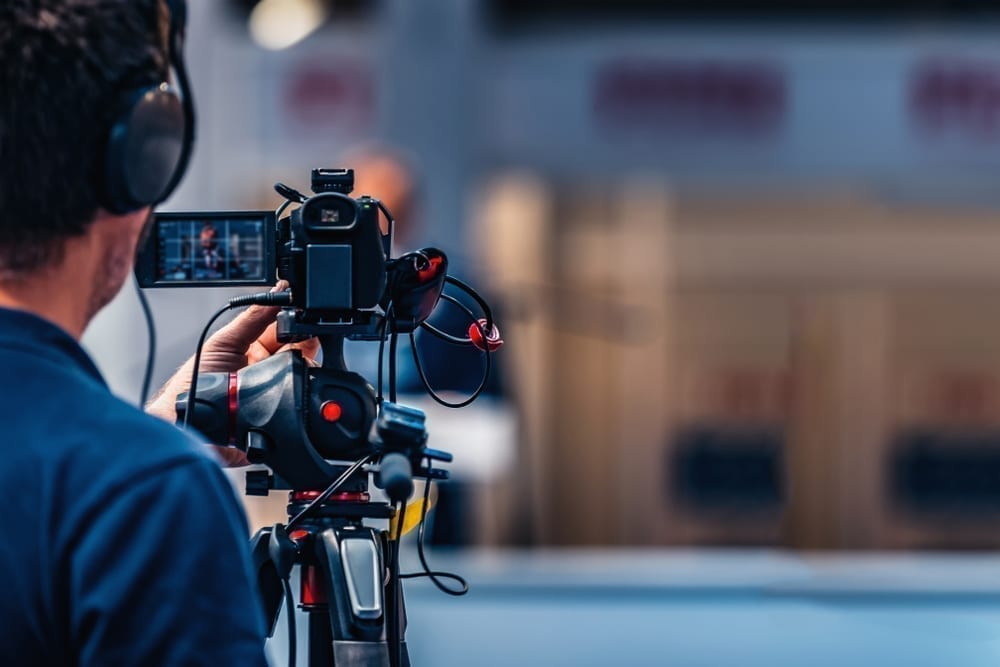There are a number of important factors that both attorneys and subjects should be considering when entering any kind of deposition or video deposition, and body language is absolutely one of these, and often an underrated one. Also referred to as “nonverbal communication” by many, body language refers to expressions, posture, gestures and even tone of voice in some situations – and it can have a larger impact than you might think on how various parts of a deposition, hearing or arbitration might be received.
At Phoenix Deposition Services, we’re proud to offer robust deposition and video deposition court reporting and transcription services, plus numerous related services and resources for attorneys and their clients. Body language is a common area where clients will often have questions, and even some newer attorneys will benefit significantly from general expertise on how to carry yourself nonverbally during a deposition, whether in-person or virtually. Here are some specific areas that go into body language, plus the simple tips we recommend in each of them.
Posture and General Framing
One of the single most common and important nonverbal cues for an attorney in many settings, including depositions, is good posture. While sitting, for instance, you should have your back straight and should be perceived as attentive and interested; if you’re slouched, on the other hand, this will be taken as relaxation or even defeat in some cases, not the signs you want to give off. For in-person depositions, it’s important to remember that there could be eyes on you at any time – this is particularly vital to keep in mind if you’ve spent much of the last year only performing video depositions and are just now getting back in the courtroom, as some bad habits may have formed over the last 12-plus months.
For video depositions, a big part of this theme comes down to framing and the way you position yourself in the video. Remember that your audience will only have a view of your upper body – but this still means back and head posture will be seen, and you should take the same kinds of themes. In addition to planting your feet and keeping your back straight, your computer or laptop should be set up on a stable, flat surface that will not move or vibrate, as this sort of thing will make other participants uncomfortable.
Clothing Considerations
Another important element in body language that some don’t consider closely enough: Clothing, which is absolutely part of the puzzle here. If it’s part of your appearance, it can be perceived as part of your body language.
Attorneys in any courtroom or video deposition setting should be dressed professionally at all times, ideally in a suit and tie. Of course, you should ensure that your setup here is comfortable and will not cause you any issues during the deposition itself, as any losses in focus or visible fiddling with your clothing will not be taken well by other participants.
Making Eye Contact
No matter the setting you’re in for your deposition, making eye contact with other relevant participants is vital. This is a bit simpler in traditional depositions, where maintaining eye contact with a witness, judge, client or any other individual in the room is relatively straightforward.
For video depositions, this can require a bit of adjustment for some. The camera lens on your computer will obviously be your primary view point, but it’s important to practice shifting your gaze between the camera and your notes, which might either be on the screen in front of you or on a notepad on the table. With a little repetition, however, this is a simple approach to achieve.
“Active” Listening
When we talk about active listening, we’re referring to the way people perceive you while you aren’t talking. Whether in-person or virtually, treat every part of the deposition like it’s important and worth your time, including maintaining good posture and not talking to anyone else. Every now and then, a simple nod or similar expression to show that you’re listening and engaged will go a long way.
Monitor Your Expressions
Facial expressions are also a big part of body language, and you should be mindful of yours – especially in a video deposition setting where, even if it’s not your turn to talk, you never know when someone might be looking at you on the screen. This is particularly important if the deposition itself is being recorded, as you never know what kind of reaction or expression you might have that will be captured and recorded forever. Try to keep your expressions mostly neutral.
Hand and Arm Gestures
Finally, what about those who regularly use hand and arm gestures as part of their communication while speaking? This is a common approach for many litigators, and it’s generally pretty simple for in-person hearings, where you’re in a large room and can be seen easily by everyone else involved.
For video depositions, however, you might have to be careful here. Arm or hand motions that are too exaggerated or too far away from your torso might not be captured entirely by your camera, or might be partially missed if you move too fast. In addition, you have to be sure that if you take part in any gestures or hand motions, these don’t block your face or audio to others participating.
For more on how to maintain proper body language during any deposition, or to learn about any of our video conferencing or Phoenix court reporter services, speak to the staff at Phoenix Deposition Services today.
